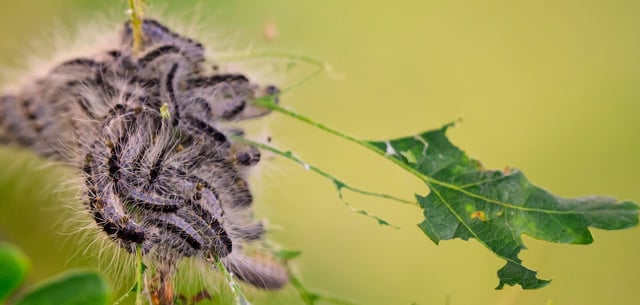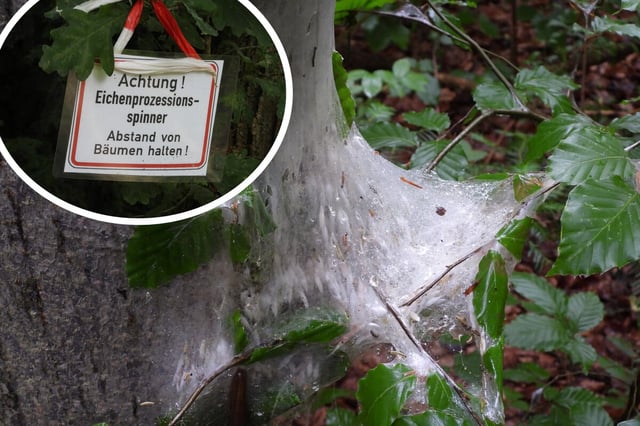Overview
- Nests of the oak processionary moth were located in Hamburg’s Öjendorfer Park on June 8, prompting immediate health advisories for park visitors.
- The caterpillars produce microscopic hairs containing the toxin thaumetopoein that can induce severe dermatitis, respiratory issues and eye irritation upon contact.
- Warmer spring temperatures linked to climate change have broadened the moth’s habitat across Saxony, Bavaria, Hesse and other states.
- Authorities in Hamburg and Lüneburg are applying nematodes after dark to biologically reduce larvae without harming humans or the environment.
- Residents are being asked to report any sightings of nests to local health or forestry offices to support mapping and safe removal efforts.

